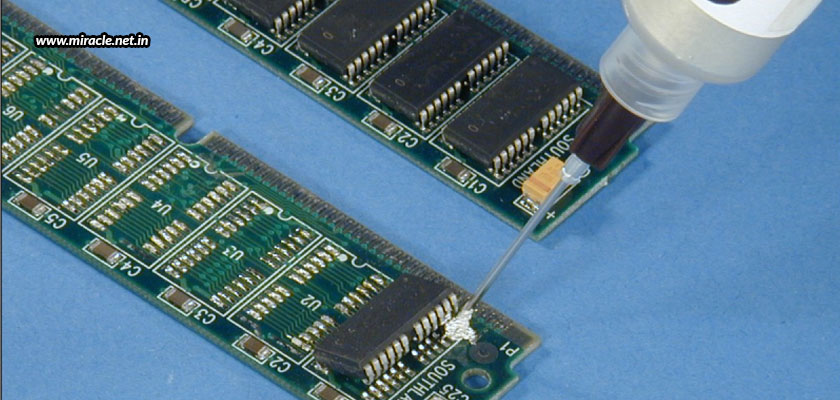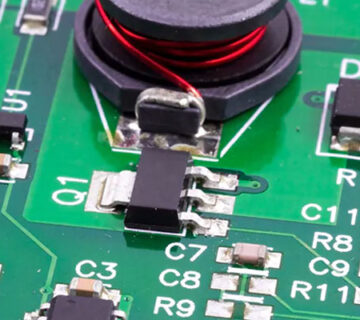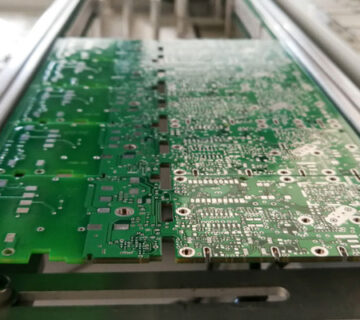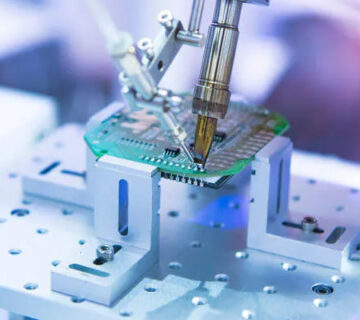Today, every electronic appliance requires PCB assembly from India to help them function. Moreover, the increasing technology demands more and more ways to handle how electronics transmit and manage heat. This has made high temperature PCBs the ideal choice for any electronic device that requires a lot of heat.
What are high temperature PCBs?
Epoxy glass contains polymers that are used to create the base of circuit boards, during the process of which a certain temperature is recorded; the temperature being called Glass Transition Temperature, written as Tg. Different Tg levels are assigned to different epoxy glass laminates, which all depends on how much heat an electronic device transfers throughout its circuits. High temperature PCBs are those that contain materials which can withstand 170°C of transferred heat. Assembling boards from materials that can’t withstand high Tg levels, they will begin to melt with time, causing electrical and mechanical properties of the boards to decline.
How is heat transferred and dissipated?
Heat is transferred and dissipated in any given PCB assembly from India via three methods – radiation, convection, and conduction. Radiation involves heat moving in the form of electromagnetic waves, more passively. Convection involves heat moving to a fluid that absorbs the heat and stores energy in a dense form so that it can move to the fluid again. Conduction involves transferring heat directly between the source and the sink. All these three processes generally happen in a PCB at some point or the other, which creates a very unstable and unsafe dynamic, if the PCB is not made of high temperature resistant materials. This is why high temperature PCBs are high in demand.
How to modify your PCBs to make high temperature PCBs?
FR-4 and polyimide are the two common materials used as a base in a PCB, but these materials don’t perform as required under high temperatures. So, how can these materials be upgraded to withstand the amount of heat that high temperature PCBs can withstand?
- The general solder paste that holds the components together in a PCB is made of lead. If this lead melts due to high temperature, the components can fall off of the board. Thus, you must assemble your circuit boards with unleaded solder paste that does not contain a lot of lead.
- You must also modify the design of your PCB such that the heat-creating components on your board are kept at a lot more distance, because heat can cause the components to expand.
- Heat management is very important to make standard PCBs differ from high temperature PCBs. If every components of the PCB expands more than they should, they will ultimately fail. Thus, you must manage heat to prevent the components from expanding too much or too quickly. Dielectric materials are covered by copper laminate, which prevents oxidation from rising temperatures. If the dielectric materials are not covered by copper laminate, they will oxidize much faster from the heating process. This is a good heat management process that can be followed when assembling a PCB board.
With all such modifications and more, you can have a PCB that is compatible with high temperature. You may either construct a completely new circuit board with heat resistant components, or modify your components to prepare for high temperature circuit boards. Whatever you choose to do, you can have it done at Miracle Electronics, the most trusted manufacturer of PCB assembly from India.




